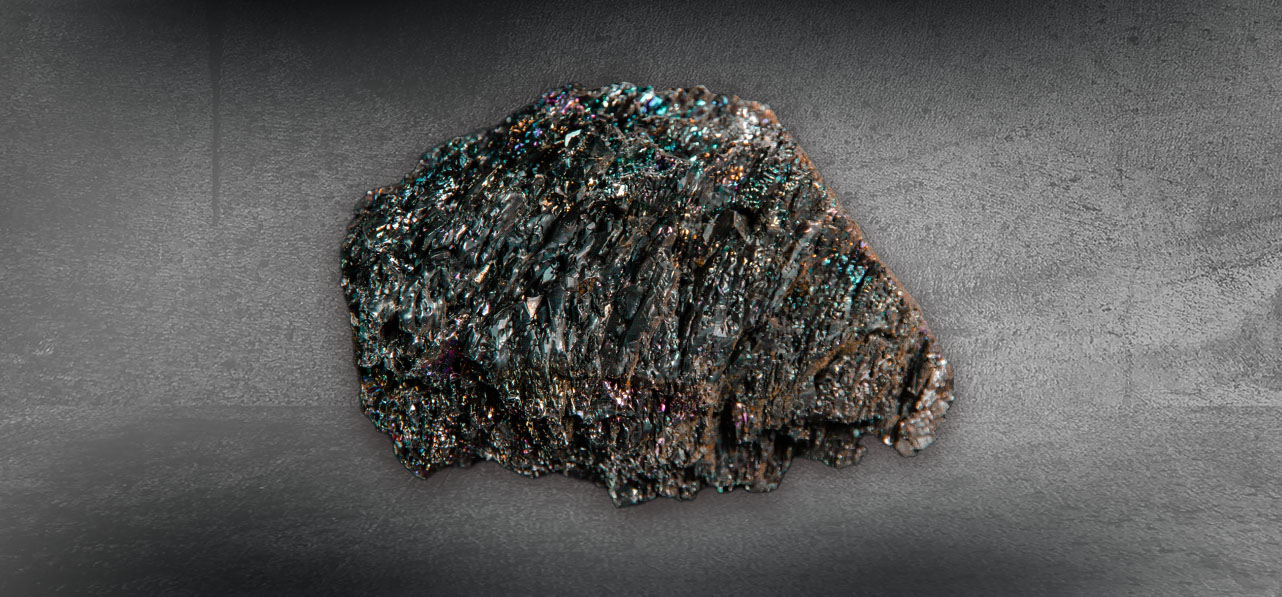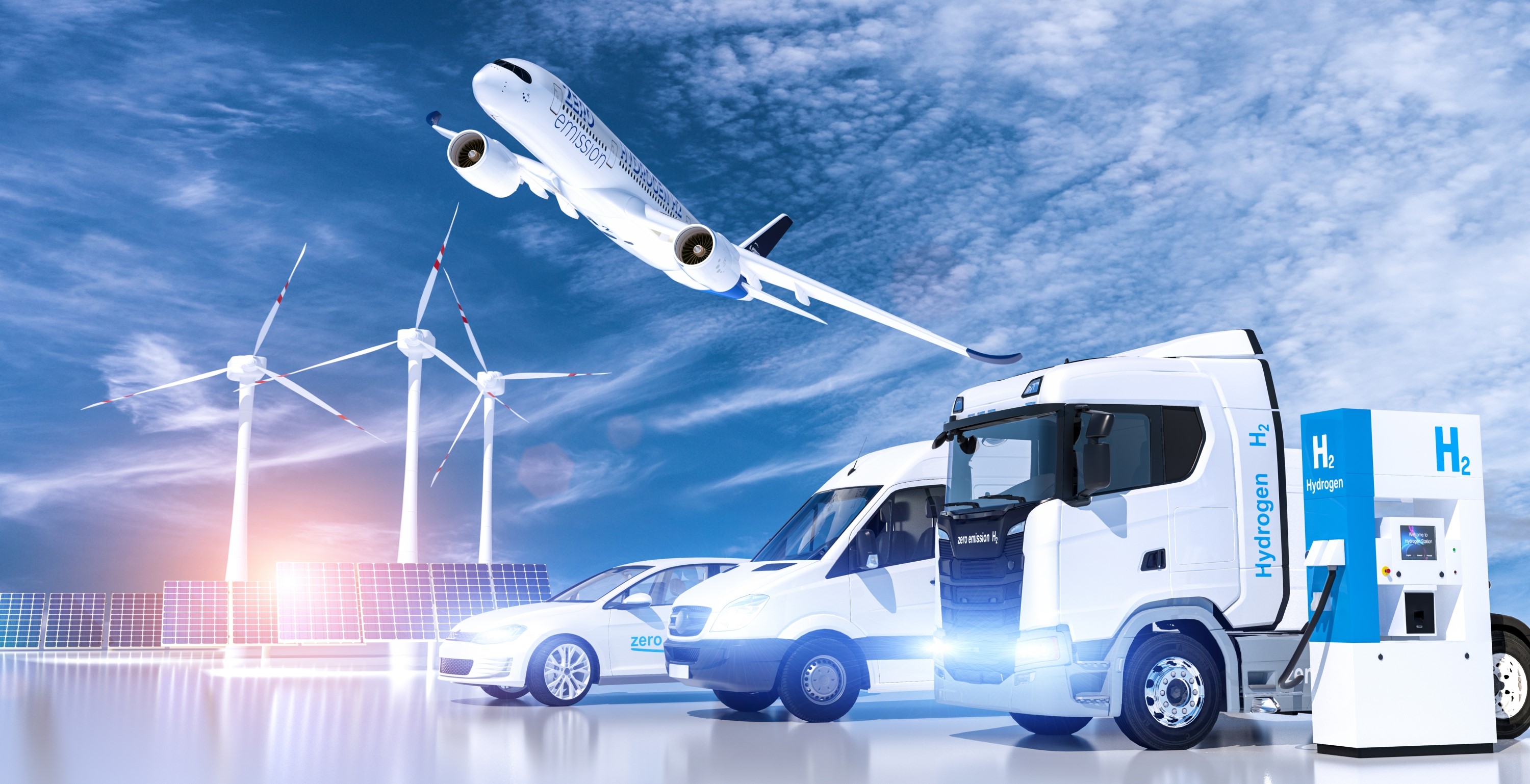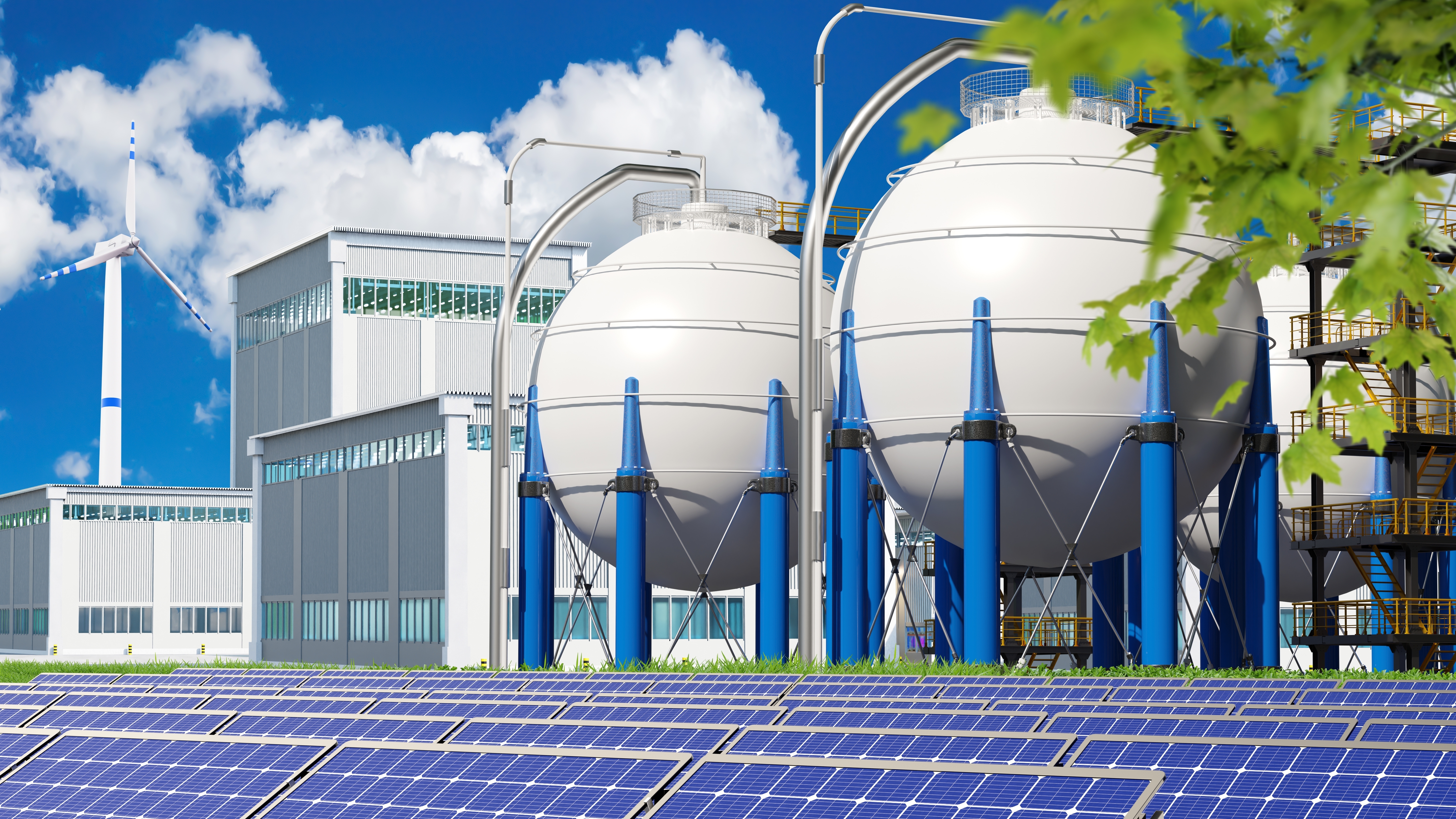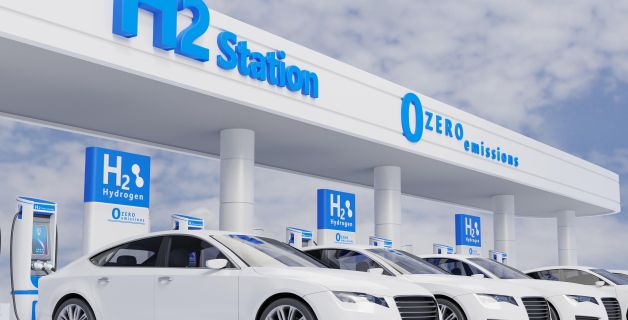Featured Articles
2022-04-18
The progress of lithium electric vehicles brings the positive impacts to hydrogen energy vehicles
 The high power and low loss of SiC can be applied in the high voltage and high current application fields.
The high power and low loss of SiC can be applied in the high voltage and high current application fields.Mirai launched by Toyota in 2015 and the NEXO launched by Hyundai in 2018 have been mass-produced. Among them, only the Mirai, which came out about 3 years earlier than NEXO, has entered the second-generation model by the end of 2020, so there is a benchmark for comparison. About 5 years after the previous generation, there are obvious improvements in many projects.
The first is that the second-generation Mirai uses a power control unit (PCU) made of silicon carbide semiconductors. Toyota was one of the first pioneers to advocate the use of silicon carbide semiconductor power components in automobiles. The cooperation with strategic partner Denso Japan on silicon carbide began in the 1980s. At that time, the two companies jointly launched basic research on this semiconductor material with a wide frequency gap (WBG). It was not until around 2007 that they announced the joint development of specific application products for silicon carbide semiconductors. The biggest progress in mass production dates back to 2014, when Toyota announced the use of siliconized carbon power semiconductors in the PCU of the Prius hybrid electric vehicle. The PCU accounts for about 25% of the total power loss and controls the motor drive power in hybrids and other vehicles with electric powertrains. The biggest benefit of using silicon carbide power components is to improve the energy efficiency of electric vehicles, which is often regarded by the industry as a conceptual key component of decarbonization. According to data released by Denso, the silicon carbide boost power module is about 30% smaller than the traditional pure silicon power semiconductor, and the power consumption can also be reduced by about 70%. According to the test report, the PCU using silicon carbide can increase the energy efficiency of Prius by 10%. Furthermore, since the volume of the power-related modules can be reduced, the exterior design of the vehicle body can be presented in a streamlined design, thereby reducing the coefficient of air resistance.
The first generation of Mirai did not use silicon carbide when it was launched, until the second generation. Compared with silicon power semiconductors, the advantages of silicon carbide in supporting the design of new energy vehicles in high temperature, high frequency and high voltage environments have been widely recognized. This is because silicon carbide has a lower resistance, so current flows easily even at higher frequencies. However, the hardness of silicon carbide in silicon and carbon compounds is second only to diamond, and it is widely used in abrasives and catalyst carriers. The silicon carbide used in power semiconductors is a high-purity single crystal, which is difficult to produce and high in cost. A very important key component for competition in new energy vehicles. Tesla also used silicon carbide components produced by ST Micro on the Model 3 in 2018, replacing the traditional silicon power modules of the past.
Although lithium electric vehicles and hydrogen energy vehicles are in a competitive relationship, because they both use electric-driven vehicles to operate, they have a large proportion of commonality in technology. Lithium electric vehicles with large economic scale play the role of pioneers, but instead pave the way for the technological progress of hydrogen energy vehicles.
References
- MONOist , 2021-04-23 , provided by Yuki Saito, トヨタがHyquitoエンジンをスーパー durable シリーズに, May 2021
- Planet Analog, 2021-11-9, MAJEED AHMADD , Denso calls SiC a revolution in the bid for carbon neutrality
- Interesting Engineering, 2022-02-19 , Loukia Papadopoulos , Toyota and Yamaha join forces to develop hydrogen-fueled V8 engine
- H yundai Motor Group, 2021-09-07, Hyundai Motor Group's next-generation fuel cell system, a key technology for popularizing hydrogen energy
- Hyundai Motor Group, 2021-09-07, Vision FK, the world's first high-performance eco-friendly hydrogen electric vehicle
- 2020-12-17 , Toyota introduces second-generation Mirai fuel cell electric vehicle as design and technology flagship



